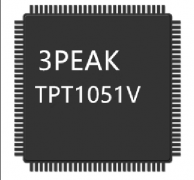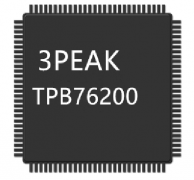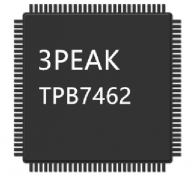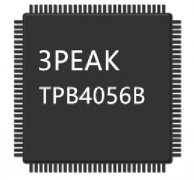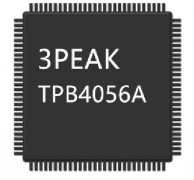-
产品详情
-
联系我们
The TPT1051V is a CAN transceiver that meets theISO11898 High Speed CAN (Controller Area Network)physical layer standard. The device is designed touse in CAN FD networks up to 5 Mbps, and enhancedtiming margin and higher data rates in long and highlyloaded networks. As designed, the device featurescross-wire, overvoltage, loss of ground protectionfrom –42 V to +42 V, overtemperature shutdown, anda –30V to +30V common-mode range. TPT1051Vhas a secondary power supply input for I/O levelshifting the input pin thresholds and RXD output level,and the device comes with silent mode which is alsocommonly referred to as listen-only mode, and itincludes many protection features to enhance thedevice and network robustness.TPT1051V is available in SOP8 and DFN8Lpackages, and is characterized from –40°C to+125°C.
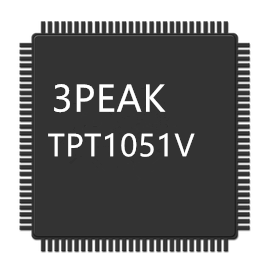
Features
Meet the ISO 11898 Standard
Support CAN FD and Data Rates up to 5 Mbps
Typical Loop Delay: 110 ns
5V Power Supply, 3.0 V~5.5 V IO Interface
Receiver Common-Mode Input Voltage: ±30 V
Bus Fault Protection: ±42 V
Up to 110 Nodes in CAN Network
Junction Temperatures from –40°C to 150°C
Latch-Up Performance Exceeds 500 mA
BUS Pin ESD Protection:
− ±8 kV Human-Body Model
− ±1.5 kV Charged-Device Model
Applications
All Devices Support Highly Loaded CANNetworks
Field Industrial Automation, Sensors, and DriveSystems
Building, Security Control Systems
Energy Storage Systems
Telecom Base Station Status and Control

Features
Meet the ISO 11898 Standard
Support CAN FD and Data Rates up to 5 Mbps
Typical Loop Delay: 110 ns
5V Power Supply, 3.0 V~5.5 V IO Interface
Receiver Common-Mode Input Voltage: ±30 V
Bus Fault Protection: ±42 V
Up to 110 Nodes in CAN Network
Junction Temperatures from –40°C to 150°C
Latch-Up Performance Exceeds 500 mA
BUS Pin ESD Protection:
− ±8 kV Human-Body Model
− ±1.5 kV Charged-Device Model
Applications
All Devices Support Highly Loaded CANNetworks
Field Industrial Automation, Sensors, and DriveSystems
Building, Security Control Systems
Energy Storage Systems
Telecom Base Station Status and Control


